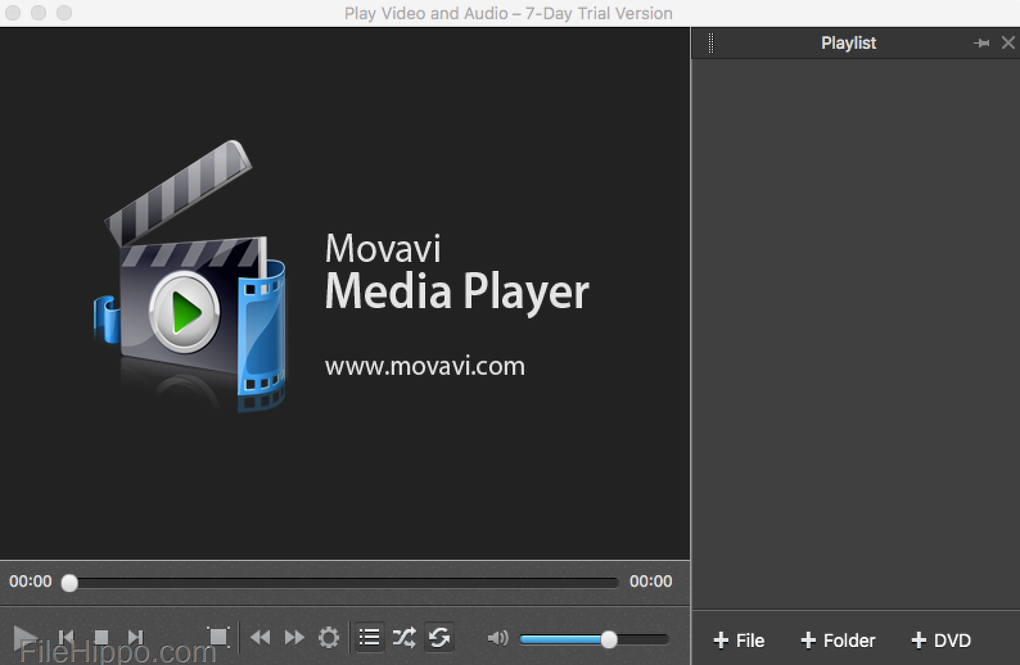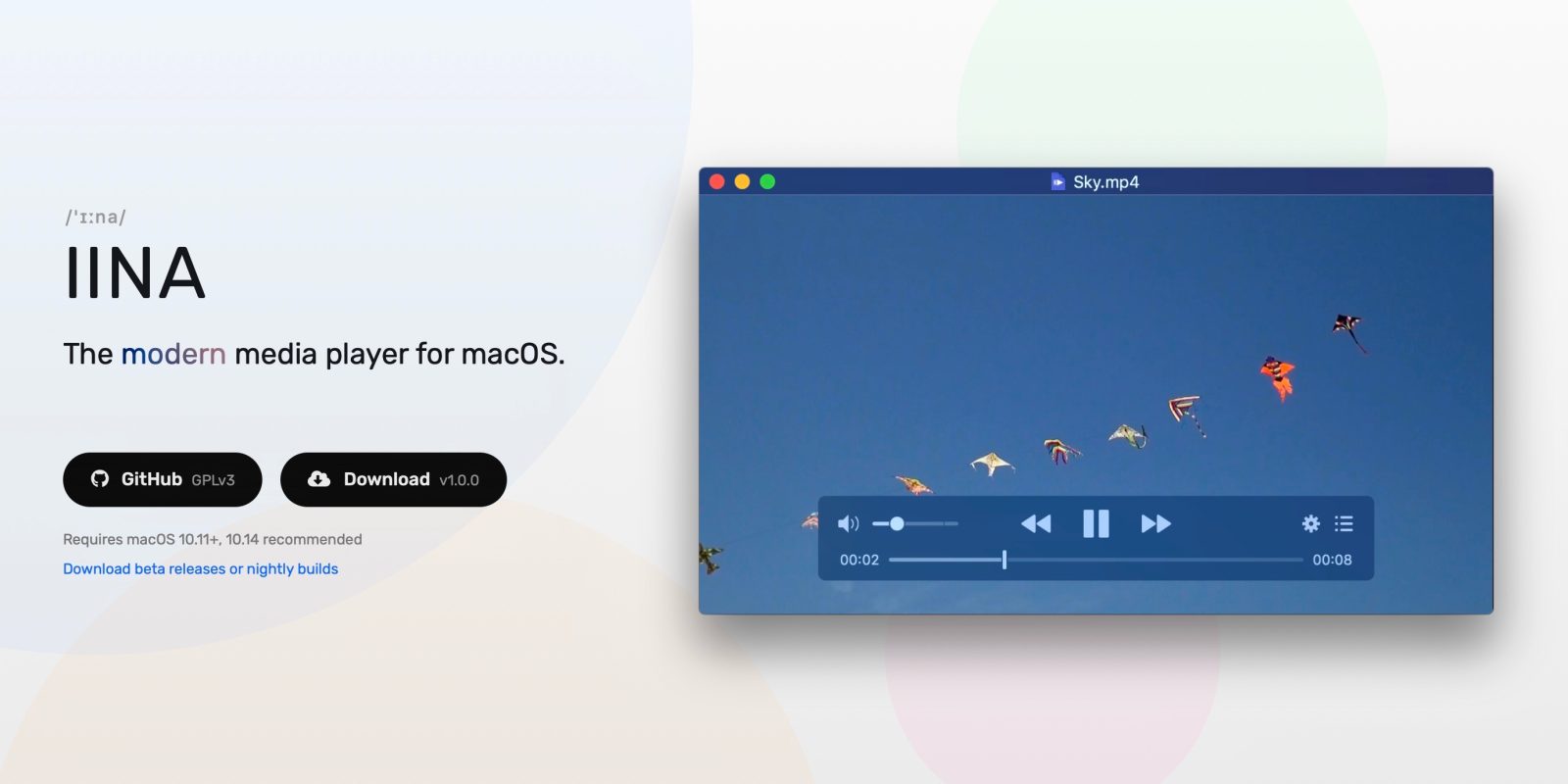The newest alternative to play Windows Media files on Mac is Flip4Mac, a plugin for QuickTime that gives you the possibility to play Windows formats using the the Apple multimedia player.
Microsoft stopped updating Windows Media Player for Mac some time ago. However, if you still want to install it, be patient, it will not be easy.
You need Stuffit Expander to decompress the installation file.
Once decompressed, click the installation file, follow the steps and when the installation process is finishedado, access the Windows Media Player folder you will find in the Applications folder to run it.
Finally, you'll be able to play Windows Media files on Mac.
- VLC media player for Mac is an open-source cross-platform multimedia player that plays most multimedia files, as well as various streaming protocols. Safe, powerful, and completely free, the VLC app can play a range of media, including video and music files, in multiple formats directly on your Mac.
- VideoLAN, VLC, VLC media player and x264 are trademarks internationally registered by the VideoLAN non-profit organization. VideoLAN software is licensed under various open-source licenses: use and distribution are defined by each software license. Design by Made By Argon. Some icons are licensed under the CC BY-SA 3.0+.
Click here to Download the Plex media server for Windows, Mac, Linux FreeBSD and more free today. Start quickly with the most recent versions of Word, Excel, PowerPoint, Outlook, OneNote and OneDrive —combining the familiarity of Office and the unique Mac features you love. Work online or offline, on your own or with others in real time—whatever works for what you’re doing. You can find a large variety of free and paid Windows Media conversion apps in the Mac App Store. On your Mac, open the App Store. Do one of the following: To search for Windows Media Audio converters, type wma into the search box, and then press Return.
NotesFor Mac OS X 10.1.5 or higher.It requires Stuffit Expander.
These advanced steps are primarily for system administrators and others who are familiar with the command line. You don't need a bootable installer to upgrade macOS or reinstall macOS, but it can be useful when you want to install on multiple computers without downloading the installer each time.
Time Machine for Mac. Time Machine for Mac. Free Jon Brown Designs Mac/OS X 10.4 PPC Version 2.0 Full Specs. Download Now Secure Download. Publisher's Description. From Jon Brown Designs. Time machine for macbook pro.
Download macOS
Find the appropriate download link in the upgrade instructions for each macOS version:
macOS Catalina, macOS Mojave, ormacOS High Sierra
Installers for each of these macOS versions download directly to your Applications folder as an app named Install macOS Catalina, Install macOS Mojave, or Install macOS High Sierra. If the installer opens after downloading, quit it without continuing installation. Important: To get the correct installer, download from a Mac that is using macOS Sierra 10.12.5 or later, or El Capitan 10.11.6. Enterprise administrators, please download from Apple, not a locally hosted software-update server.
Media For Macrophages
OS X El Capitan
El Capitan downloads as a disk image. On a Mac that is compatible with El Capitan, open the disk image and run the installer within, named InstallMacOSX.pkg. It installs an app named Install OS X El Capitan into your Applications folder. You will create the bootable installer from this app, not from the disk image or .pkg installer.
Use the 'createinstallmedia' command in Terminal
- Connect the USB flash drive or other volume that you're using for the bootable installer. Make sure that it has at least 12GB of available storage and is formatted as Mac OS Extended.
- Open Terminal, which is in the Utilities folder of your Applications folder.
- Type or paste one of the following commands in Terminal. These assume that the installer is still in your Applications folder, and MyVolume is the name of the USB flash drive or other volume you're using. If it has a different name, replace
MyVolumein these commands with the name of your volume.
Catalina:*
Mojave:*
High Sierra:*
El Capitan: - Press Return after typing the command.
- When prompted, type your administrator password and press Return again. Terminal doesn't show any characters as you type your password.
- When prompted, type
Yto confirm that you want to erase the volume, then press Return. Terminal shows the progress as the bootable installer is created. - When Terminal says that it's done, the volume will have the same name as the installer you downloaded, such as Install macOS Catalina. You can now quit Terminal and eject the volume.
* If your Mac is using macOS Sierra or earlier, include the --applicationpath argument, similar to the way this argument is used in the command for El Capitan.
Use the bootable installer
After creating the bootable installer, follow these steps to use it:
- Plug the bootable installer into a compatible Mac.
- Use Startup Manager or Startup Disk preferences to select the bootable installer as the startup disk, then start up from it. Your Mac will start up to macOS Recovery.
Learn about selecting a startup disk, including what to do if your Mac doesn't start up from it. - Choose your language, if prompted.
- A bootable installer doesn't download macOS from the Internet, but it does require the Internet to get information specific to your Mac model, such as firmware updates. If you need to connect to a Wi-Fi network, use the Wi-Fi menu in the menu bar.
- Select Install macOS (or Install OS X) from the Utilities window, then click Continue and follow the onscreen instructions.
Learn more
For more information about the createinstallmedia command and the arguments that you can use with it, make sure that the macOS installer is in your Applications folder, then enter this path in Terminal:
Delphi ide for mac. Catalina:


Mojave: Firefox os for mac os x64.
High Sierra:
Media For Mac
El Capitan:
